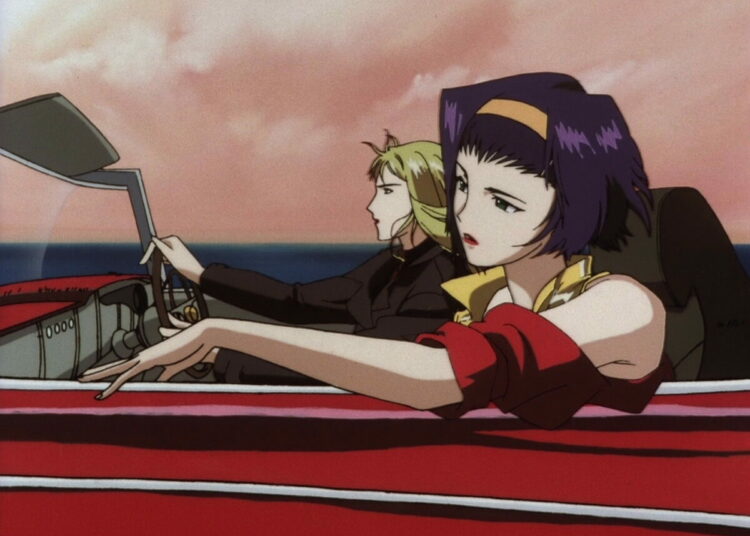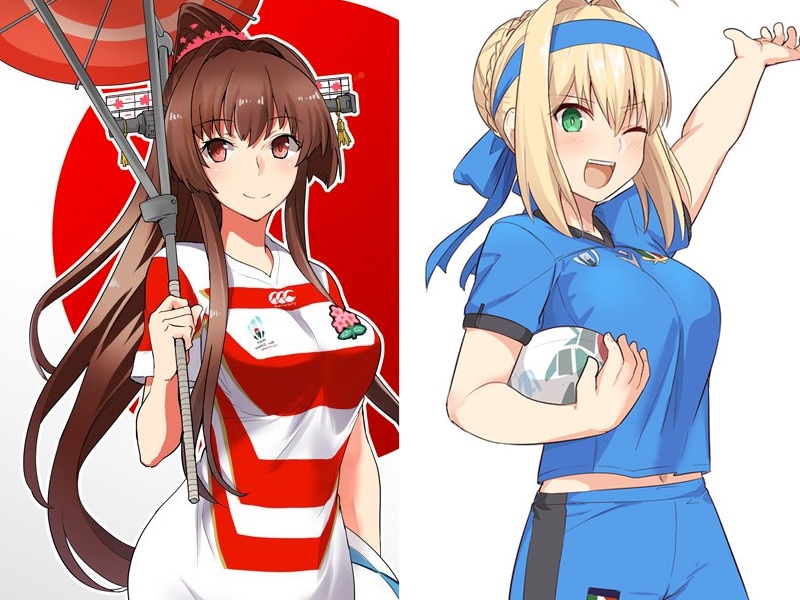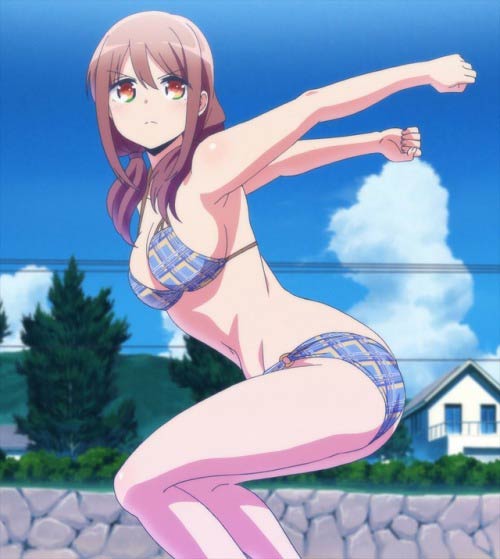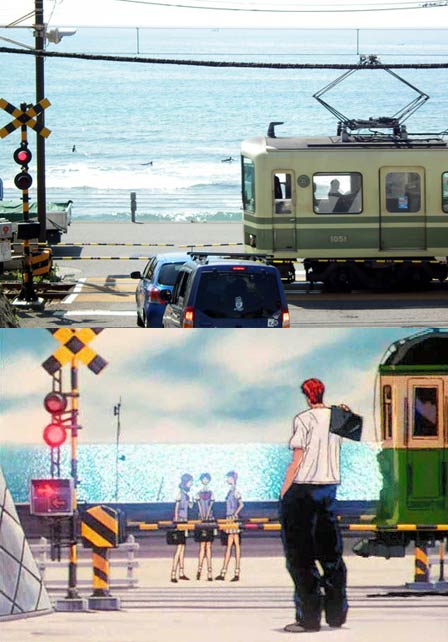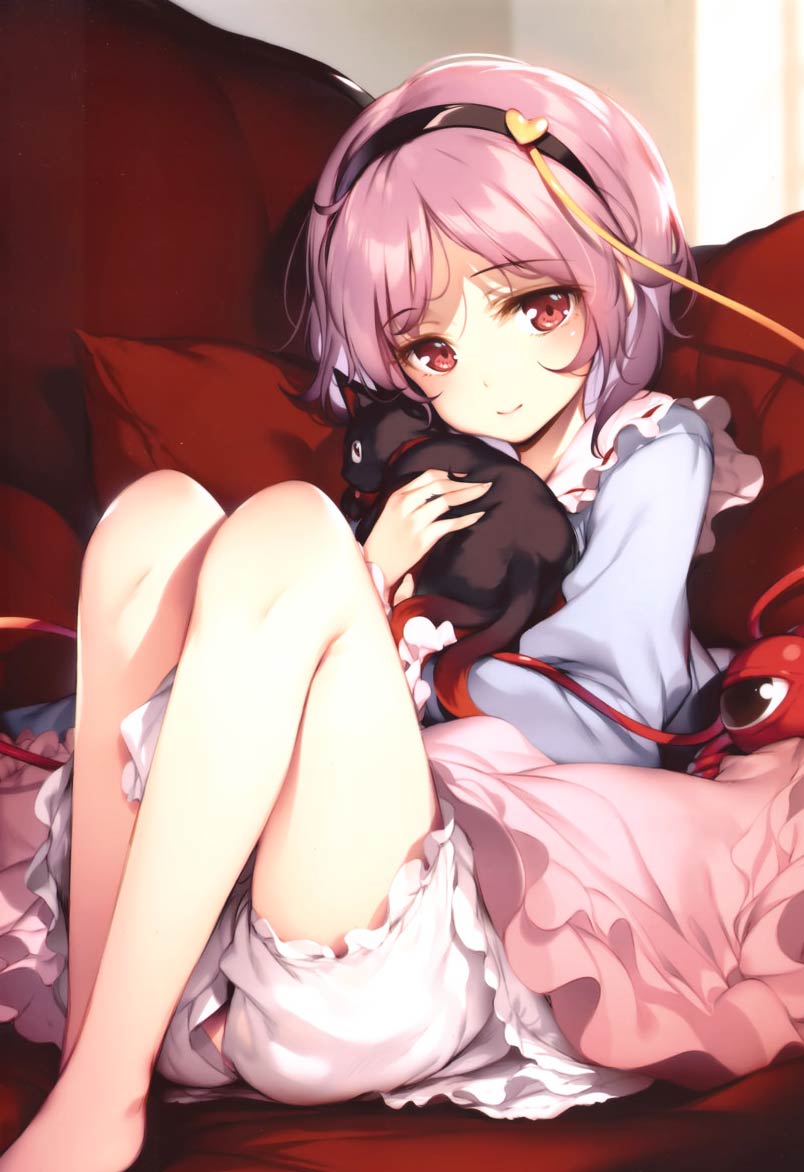I remember back in the 1980s, when Japan’s educational system was held up as a success story for other nations to follow. While there certainly are some good elements the country’s approach to education — like the idea of using competition to get students to become goal-oriented and apply themselves in ways I could never have dreamed of when I was that age — not every aspect of schools here would be appreciated in other countries. The primary goal of education in Japan seems to be to help create happy members of society through inclusion in groups, and there are several mechanisms for promoting this appreciation of your own place as a member of the larger group, for example the complex system of sports and other character-building clubs that students are compelled to join in Junior High School. Whereas American Junior High and High School kids will each have random schedules, Japanese classes are fixed, with all 40 students of class 3-A staying in the same classroom for every hour of every day, as different teachers come and go depending on what the next subject is. One side effect of this is that all classes in Elementary and Junior High learn the exact same material, no matter what their individual level might be. My daughter was taking some lessons with a private tutor in the U.S. over the summer, and I was discussing the possibility that she might be borderline dyslexic with her teacher, since I am myself. The tutor asked me, “Well, if that’s the case, they must have some kind of special class for her in Japan, right?” The answer is no — unless a child is so different they’re not able to go to their normal school, everyone will be treated exactly the same no matter what, the better for the harmony of the group.
Back in Japan! What is ‘Reverse Culture Shock’ Like?
I'm back in Japan after a very busy trip to the U.S. for the summer conventions, followed by a few...



